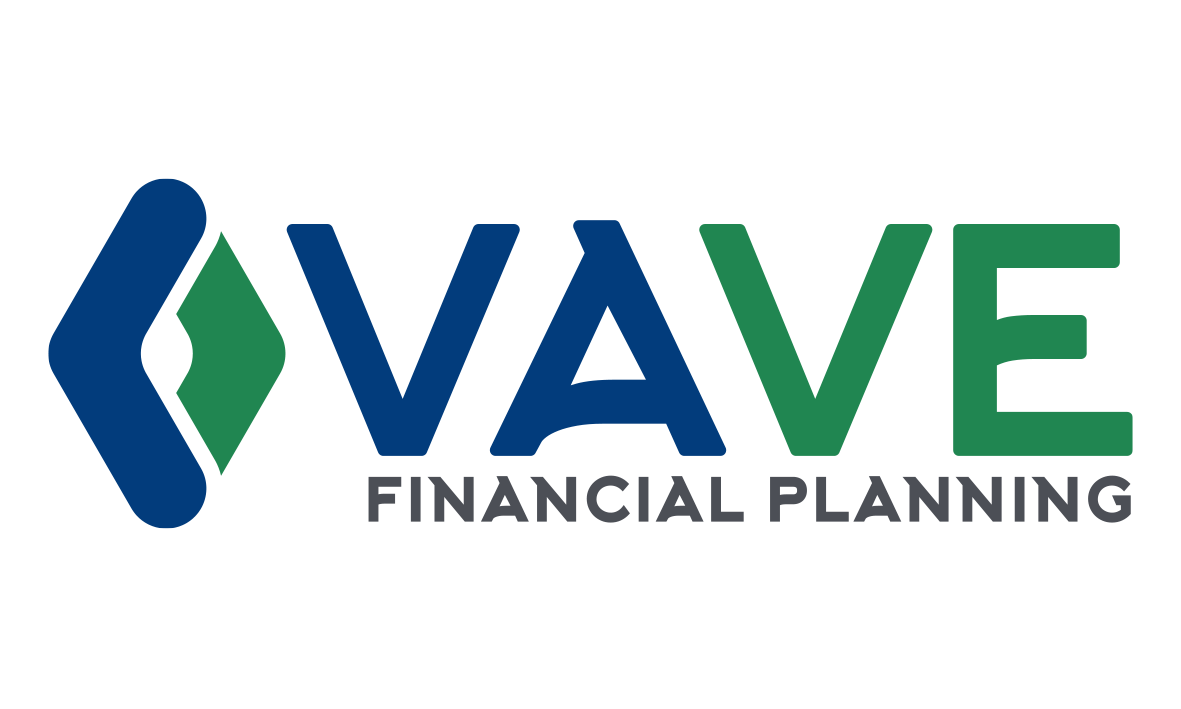Being a father of three young children, the topic of education costs particularly resonates with me as I start considering where we'll be financially in about 10 short years (gulp!). Many clients list "sending their kids to university/college" as an important financial goal and make it a priority to save for this milestone event. They also wonder out loud whether the costs of their child moving away to study versus staying in their hometown would be a deal breaker.
For the purposes of this post, I wanted to give a general analysis of financial costs associated with post-secondary education. As with all financial decisions, in addition to the pure dollar costs, it's important to also consider your own personal factors. In this case that might include the student's personality, program of study, overall school experience, expectations of freedom or responsibility, family obligations, etc.
I originally started running the numbers because I wanted to get some idea of the costs for my own children, as well as my clients in the general GTA area. For this reason, the scenario is fairly localized, just to get some ballpark figures. I use only 4 schools for this study, (University of Toronto, University of Waterloo, Queen's University, and Seneca @ York University Campus).
With the help of some current students, I compiled a table that captures the current 2017 costs to attend these schools. These numbers are approximate and here are some general assumptions:
- Includes only necessities and not discretionary expenses (entertainment, avocado toast, essential oils and alcohol!).
- Portrays a typical student lifestyle (no daily maid service, but not rat-infested either - but heck, to each their own...).
- Tuition costs based on Arts & Science programs and not "premium" programs such as Engineering and Commerce, which can be more than double the cost.
- For the local universities/colleges, the assumption is that the student would be living at home and commuting via public transit, which would be a combination of GO Transit, TTC, YRT/Viva, etc. (If you're planning to buy your kid a car, please factor that in on your own!). Since these numbers are for my own kid's scenarios, I used commuting from my own house in Markham as the basis for the public transportation numbers.
Annual Post-Secondary Costs for 2017
The above table showing 2017 costs is Step 1 to helping us determine what post-secondary costs might be for our kids. Using these numbers, I did a calculation to project what costs might be in 10 years, around the time that my oldest child finishes high school (see below table for Step 2). I used a 3% inflation for tuition and fees (based on StatsCan last 2 year average) and 2% inflation for all other costs. It is very possible that the inflation rate could be much higher so I may need to readjust these numbers in the future.
Estimated Annual Post-Secondary Costs for 2027
You can see the difference in costs of having my kids stay home versus going away. I was actually a bit surprised that the difference wasn't much greater. The costs of commuting via public transit, depending on where you live, can really add up while the rental housing costs near Queen's and Waterloo are still relatively low (compared to Toronto). One factor that is not captured in the bare costs is time. I estimate that it would take 1 hour and 15 minutes to get to York U and 1 hour and 45 min to get to U of T door to door from our home in Markham via transit. Contrast that to students that rent near Waterloo and Queen's who can walk to class in under 15 minutes. IMHO, it's worth considering....
WILL your RESP's BE enough?
If you take full advantage of the RESP program from when your child was a baby, until the maximum CESG grant is reached ($7,200), the value of your RESP at 5% growth would be $72,930. Assuming that the payments are spread over 4 years, you can expect to withdraw $18,233 per year. $9,000 of which would be from the original contribution (assumed to be gifted to the child) while the remaining $9,233 would be taxed to your child (likely tax free since they'd be under the basic personal exemption plus educational credits).
Based on the costs for 2027 which I calculated above, we can also work out any shortfall that the student will need to overcome to fund these various scenarios. The shortfall could be made up with savings, OSAP, or a part-time job (or co-op).
Shortfall/Surplus per year (AFTER RESP Withdrawal)
University of Toronto: A shortfall of $4,558 per year
Seneca at York: A surplus of $3,757 per year!
University of Waterloo: A shortfall of $7,732 per year
Queen's University: A shortfall of $5,689 per year
Never stop learning
As previously mentioned, a multitude of factors contribute to deciding where to go for post-secondary education, and there is no definite right or wrong institution. This post simply crunches some ballpark numbers for our own family situation. Hopefully this serves as a starting point for crunching your own numbers. I am planning on using these numbers to help encourage my children as they grow, to perhaps find a job, save and invest towards the projected 'shortfall'. I'm hoping this analysis will also help them get involved in the decision making process and give them some perspective and ownership. Being aware of costs and possible looming debt is an important life skill and fruitful discussion can help teach your kids about money.
I already have a 3 jars approach to teaching my kids about money...maybe I should implement a 4th jar for Education to help fund their own future!



